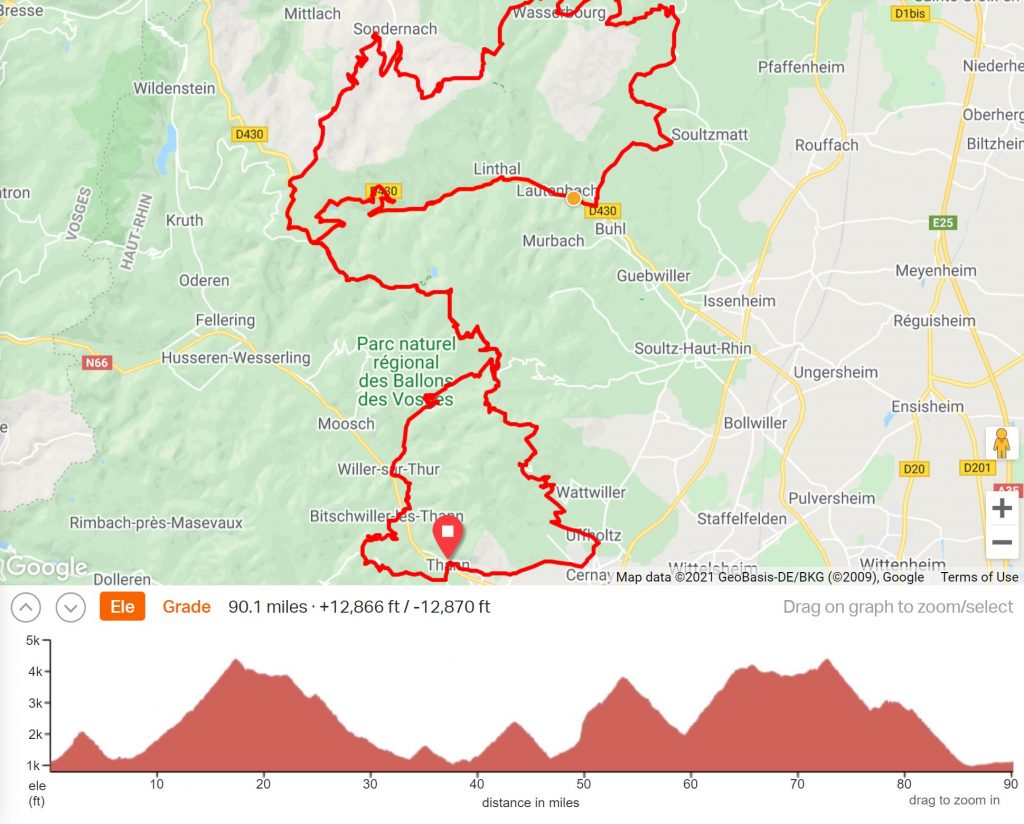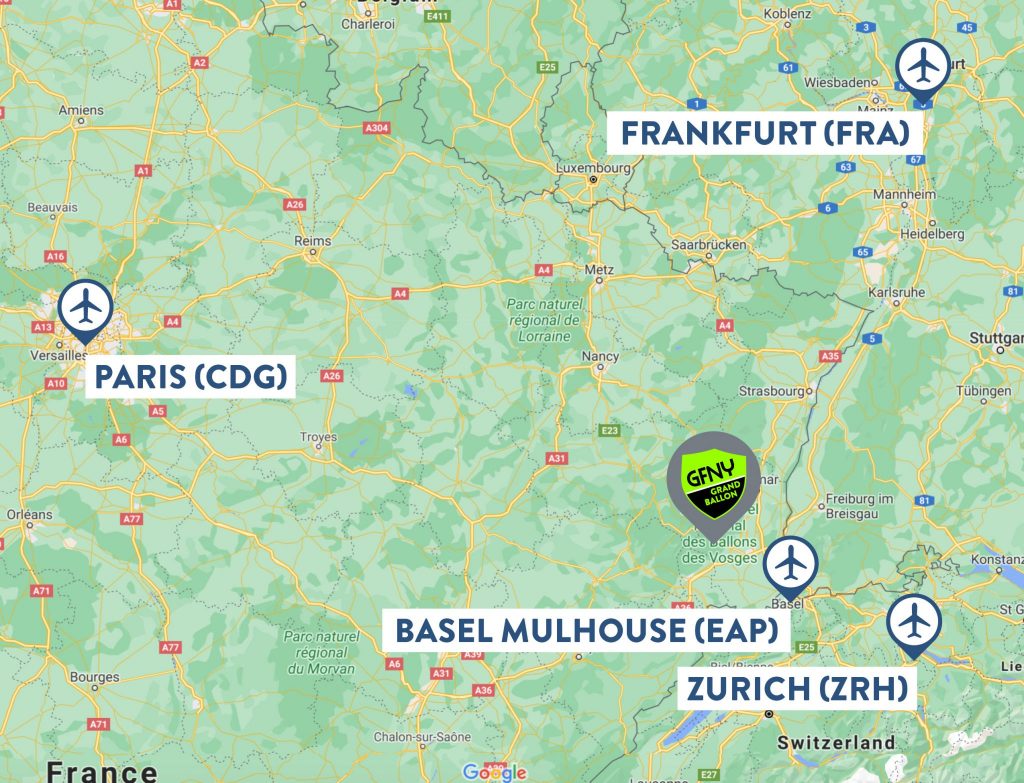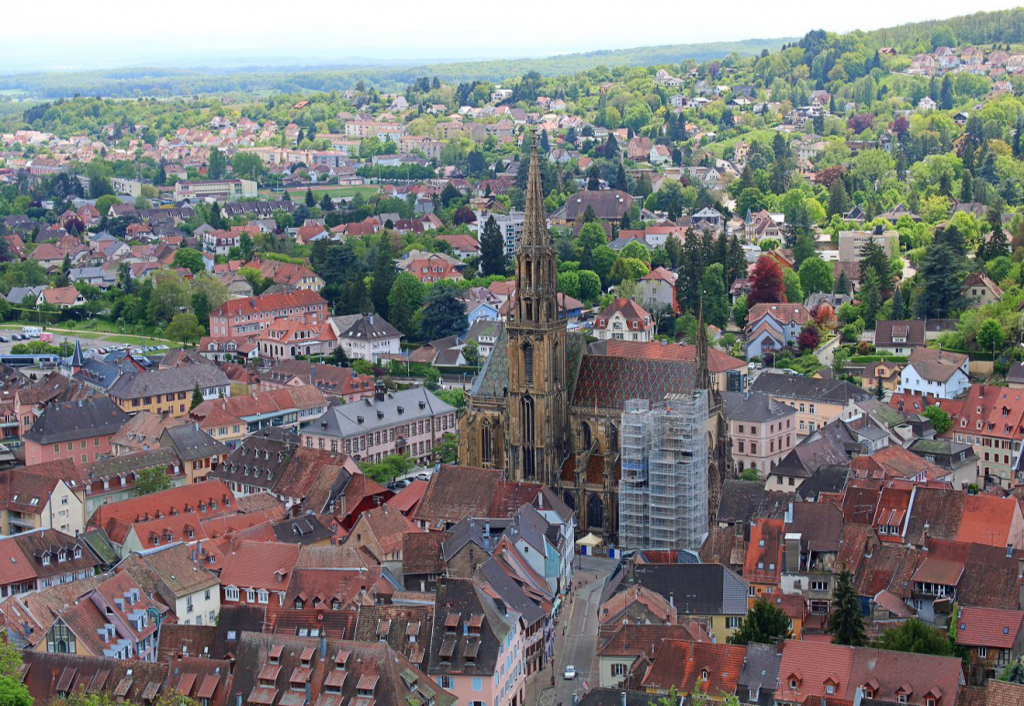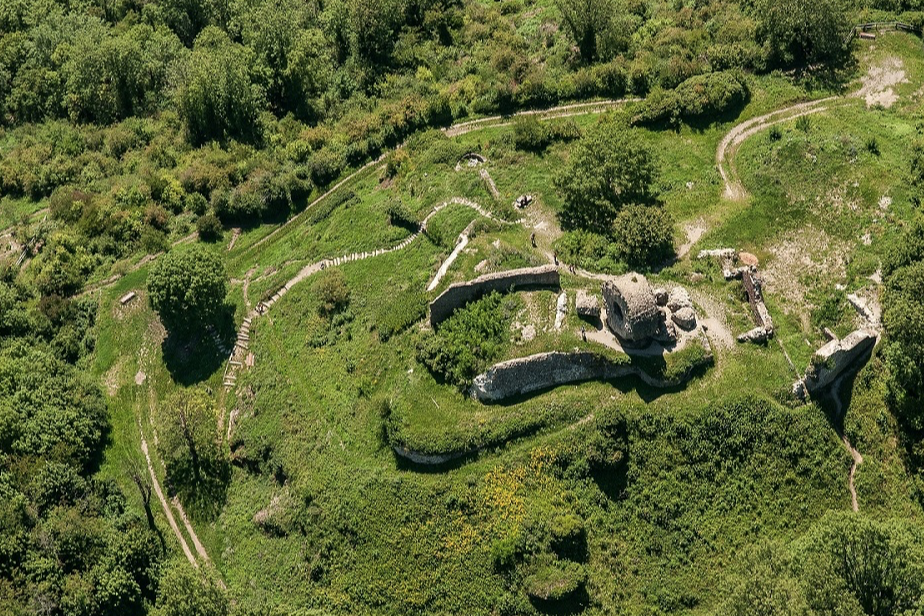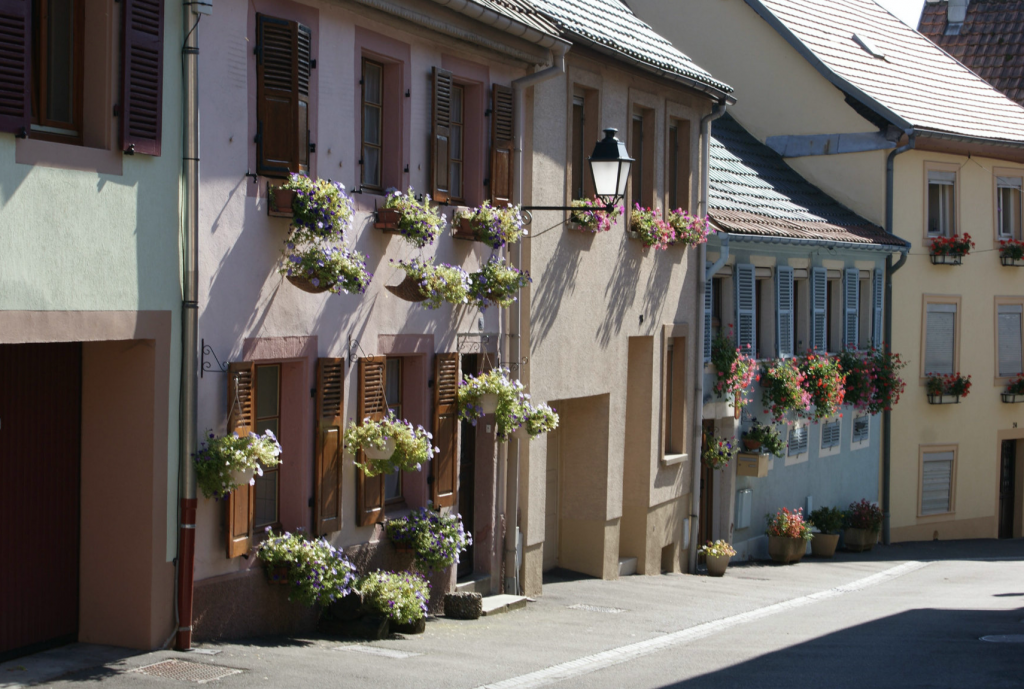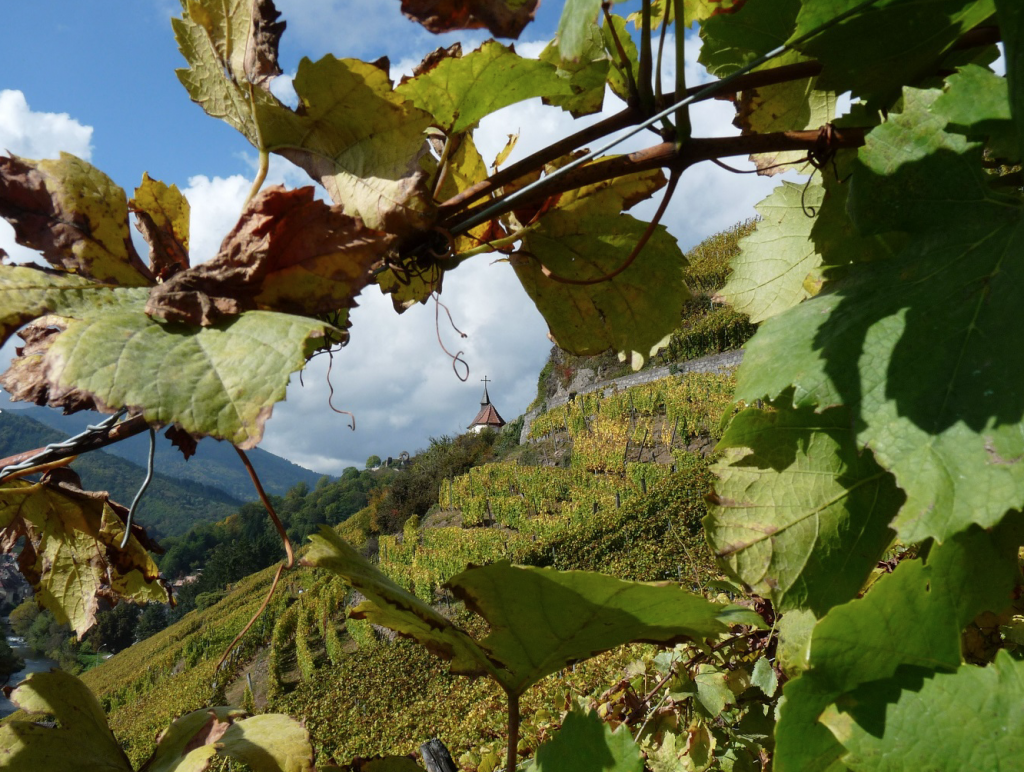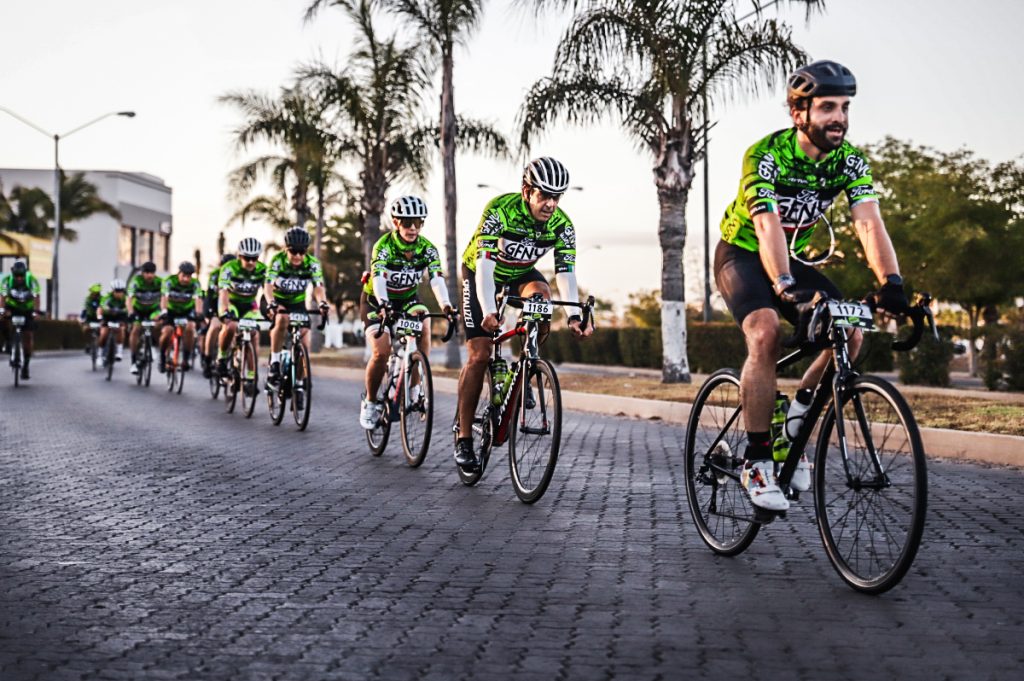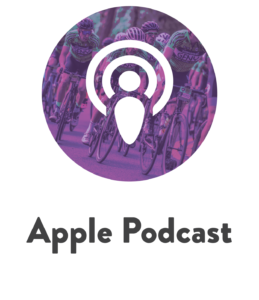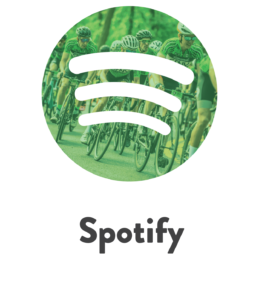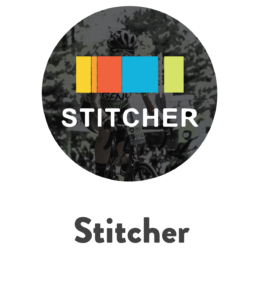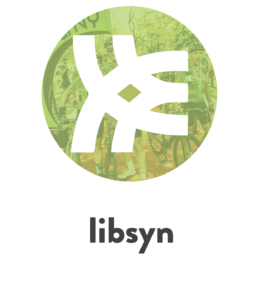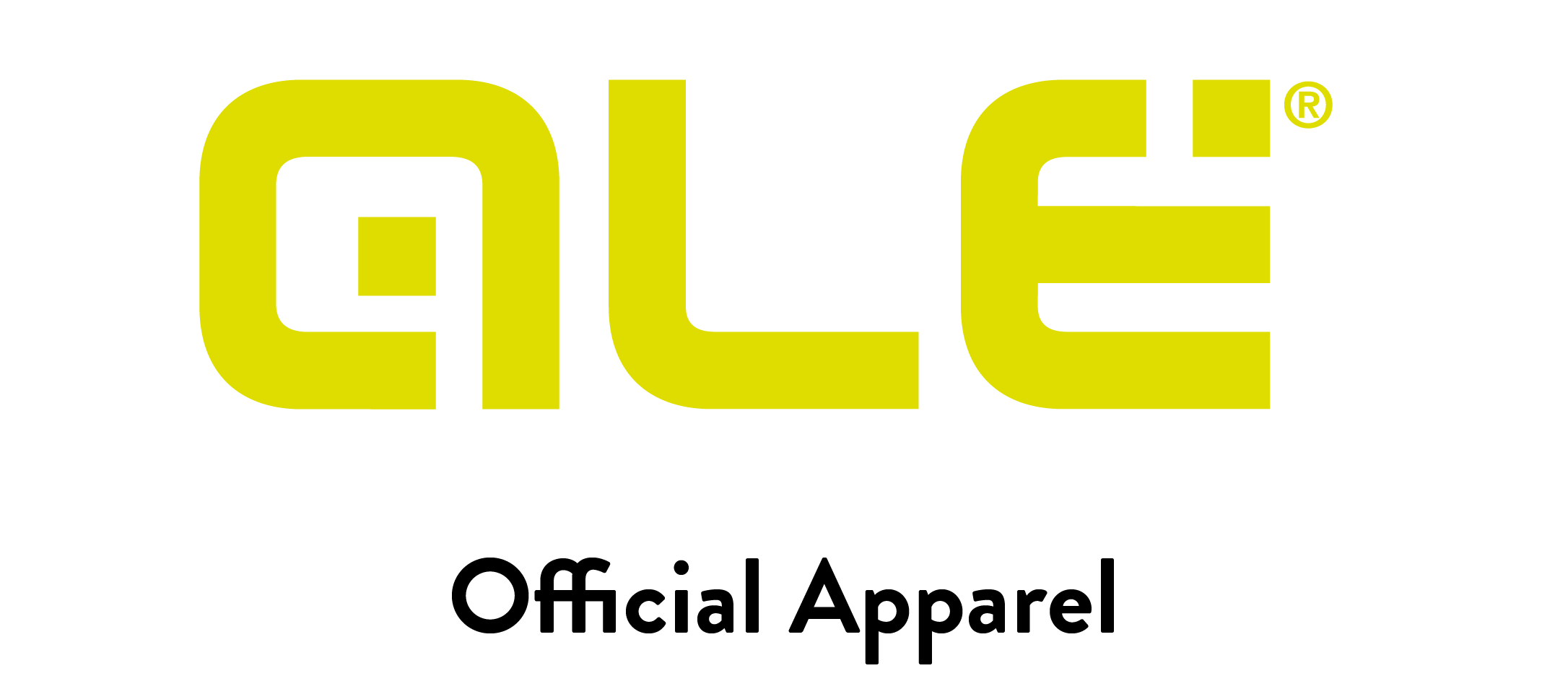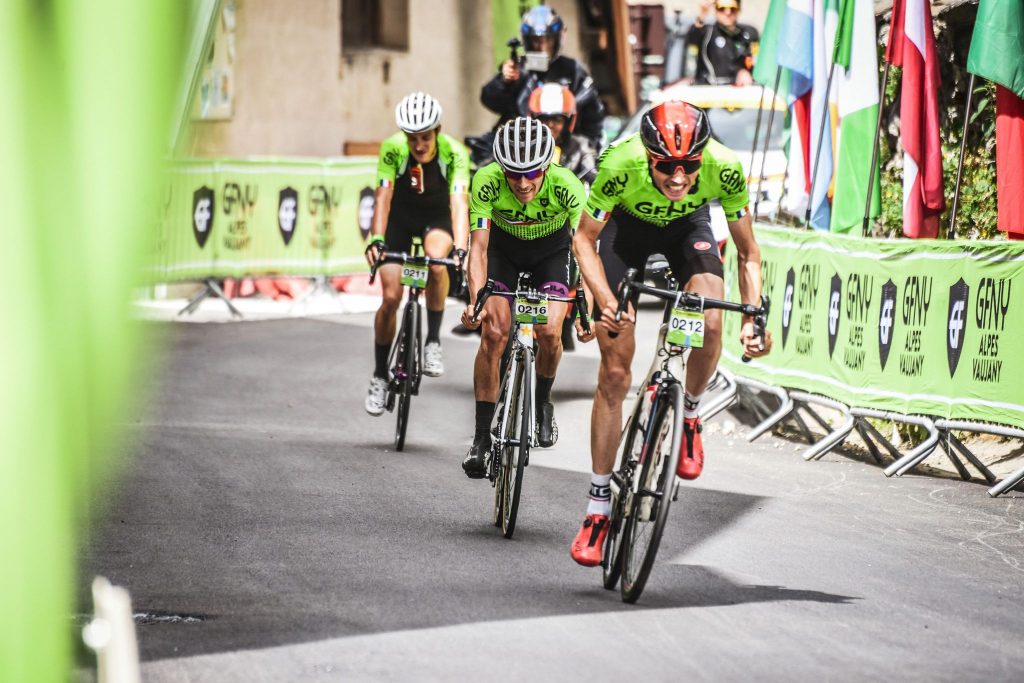
Belgian Tim Alleman and French Marine Quinion top the podium
Tim Alleman (Belgium) took the win in an incredible three-man sprint at GFNY La Vaujany in the French Alps this past Sunday. 105km with 3800m of climbing that included a double ascent of L’Alpe d’Huez and a mountain top finish in Vaujany were not enough for Alleman to drop Kenny Nijssen (Netherlands) and Julien Berard (France) earlier than on the last 100m.
The trio that dominates the French amateur racing scene, battled for 3:43h across Pas de la Confession, L’Alpe d’Huez, Col de Sarenne, again L’Alpe d’Huez and the final climb up to Vaujany. Ultimately, Nijssen and Berard were no match for the finish speed of Alleman who took the overall win. He punched his ticket for the GFNY World Championship in NYC where he will find a course that resembles more the Ardennes than the Alps. Alleman now will be a closely watched contender for the World Championship crown.
In the women’s race, French Marine Quinion took the win in 4:41:02, a solid minute ahead of Dutch Linda Stuurman. Estelle-Marie Kieffer (France) rounded out the podium.
GFNY now heads from the Alps to the Andes with the inaugural GFNY Peru on July 11. Then it’s back again to Vaujany and the alps for GFNY Alpes Vaujany on August 29 and a course that includes the legendary Col de la Croix de Fer and Col du Glandon.
About GFNY Global Endurance Sports Series
GFNY Global Endurance Sports Series is a sport event company with three decades of experience in racing, planning, and organizing events. The global endurance sports brand hosts multiple events throughout the year around the world on five continents.
Working with partners around the world to deliver a first-class experience, GFNY Global Endurance Sports Series puts their athletes first.
Cycling
20 plus events around the world. View the 2021-2022 calendar here
Riders get to BE A PRO FOR A DAY ® by competing against others, themselves and the clock in a personal endurance challenge.
Top 10% (20% at regional championships) of finishers in each age group qualify for the Racer Corral at every GFNY World event.
GFNY World Championship NYC
The 10th annual GFNY World Championship New York will be held on May 15, 2022. The race features the world’s most international peloton with riders from over 90 countries. Athletes take on a challenging 100-mile route from NYC to Bear Mountain to Fort Lee to compete against each other, the clock and themselves in a personal endurance challenge.
The official GFNY website is: www.gfny.com.
Further Material for Media Use
GFNY video archive: here
GFNY La Vaujany photos: here
GFNY World calendar graphic: here
Previous GFNY press releases: here
Media Contact
Gran Fondo New York Inc.
Jenna van der Heide,
Uli Fluhme,

